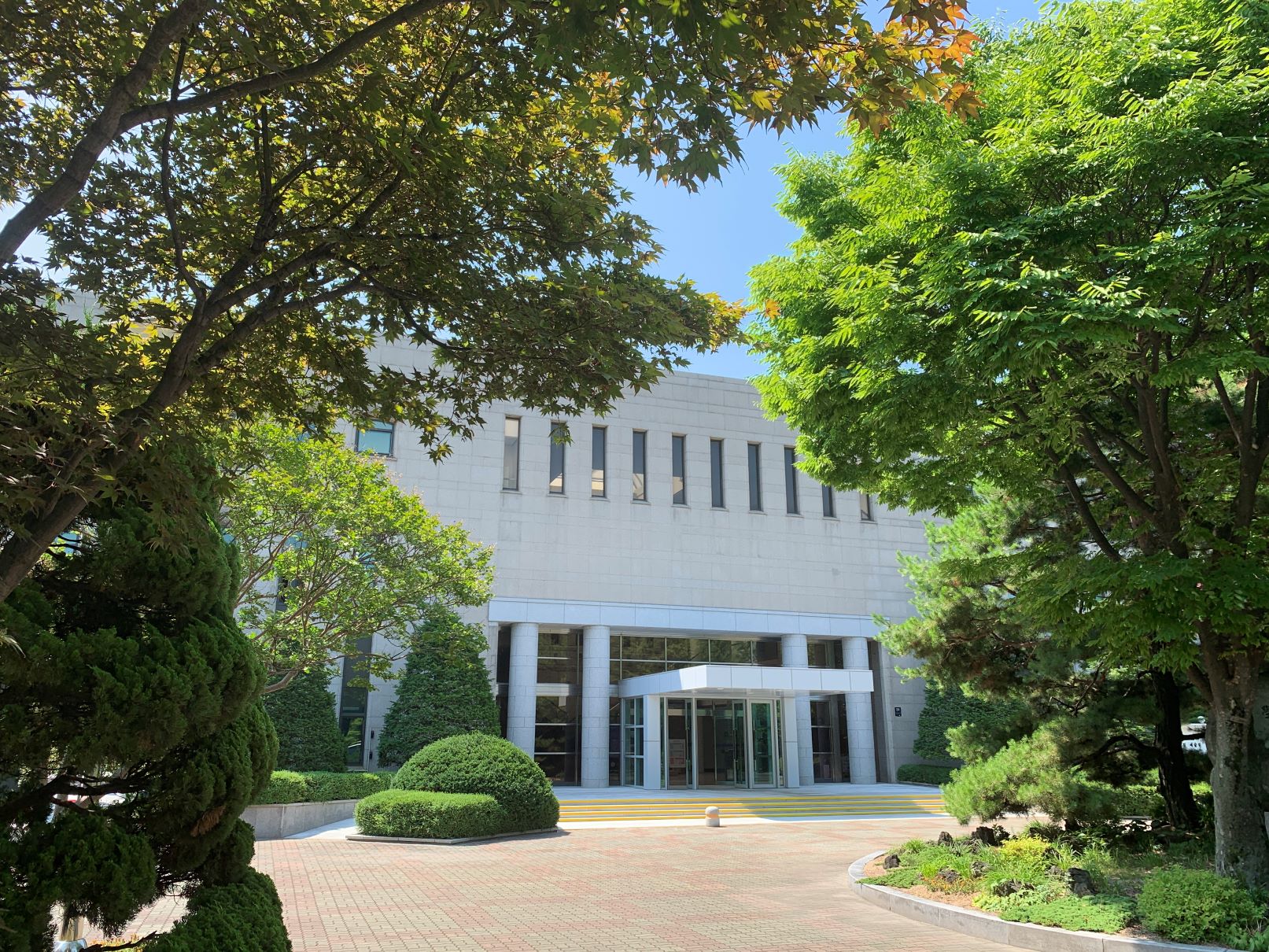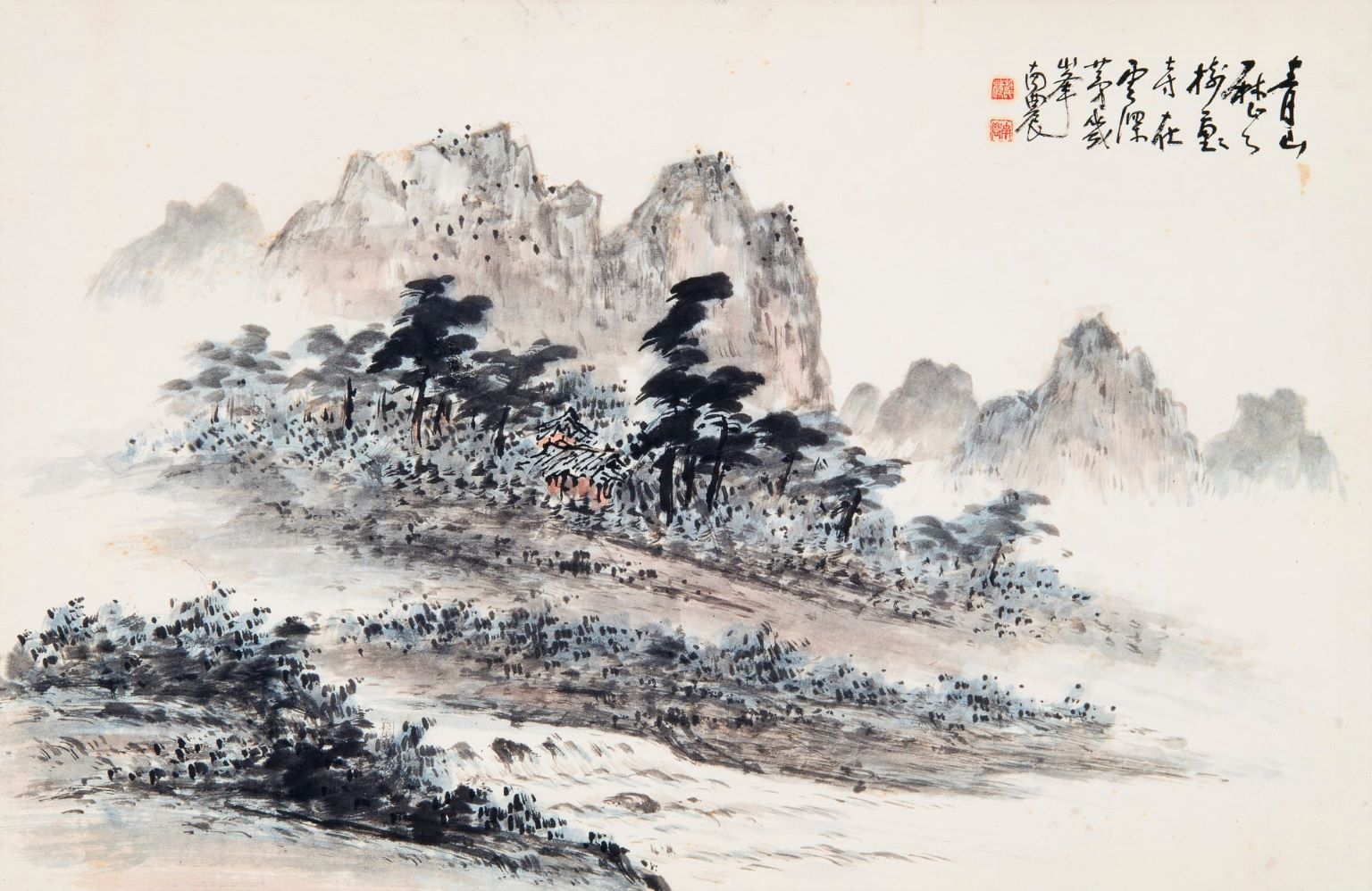
Huh Baeklyun, Fall Landscape, 1940, Ink and color on silk, 110×36cm. MMCA collection
Huh Baeklyun
* Source: Multilingual Glossary of Korean Art. Korea Arts Management Service
Related
-

The National Academy of Arts, Republic of Korea
An organization established in July 1954 to support artists who have been recognized as making a significant contribution to the arts at a national level. The organization is also responsible for advising the government on policies for the advancement of the arts, supporting the creative endeavors of artists in general, engaging in international exchanges and exhibitions, and hosting events. The academy has four divisions: literature, art, music, and performing arts/film/dance. The current membership numbers at 100.
-

Eastern painting
Eastern painting (dongyanghwa) refers to the overall body of works created using traditional East Asian materials and methods, in contrast to Western painting. In Korea, Byeon Yeongro’s essay “On Eastern Painting” published in Dong-A Ilbo on 7th, July, 1920 was the first use of the term. The term then began to be used in Japan first to distinguish Oriental style paintings from Western ones. Until the late Joseon era, both calligraphy and painting were categorized under the term seohwa, but during the Japanese occupation of Korea in 1922, the first Joseon Art Exhibition [Joseon misul jeollamhoe] divided the painting section into Western and Eastern styles. Thereafter, the term Eastern-style painting entered official use in the country. After independence, the National Art Exhibition (Gukjeon) continued to use the term “Eastern painting,” but since 1970, numerous arguments were made to replace it with "Korean painting," because the term was imposed unilaterally during the Japanese colonial era.
-

Korean Calligraphy and Painting Association of Peers
An association formed by calligraphers and artists in September 1945, with the calligrapher Son Jaehyeong as chairman. The stated goal of the association was “to become one of the pillars on which to build a nation upon, and to contribute to national culture through social activism.” The association held the first Korean Painters and Calligraphers Exhibition at the Dong Hwa Gallery in April 1946. The second Joseon Painters and Calligraphers Exhibition was held at the Deoksugung Museum of Art in November 1948. Its membership comprised 60 artists including Oh Sechang, Kim Yongjin, An Jongwon, Kim Eunho, No Soohyeon, Lee Ungno, and Lee Sangbeom. Son Jaehyeong, the chairman, was a student of Kim Donhee, a celebrated calligrapher and four-time president of the Calligraphy and Painting Association [Seohwa hyeophoe]; and he served as a panel judge for the Joseon Art Exhibition during the Japanese colonial rule of Korea and once again for the Korean Art Exhibition after independence. He was a leading figure in the field of Korean calligraphy in the 20th century.






